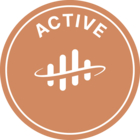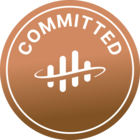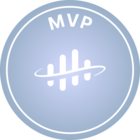- Home
- Search
Solved
1122 Topics
Philippe BettlerPractitioner
asked in Product User CommunityGenerate client secret for OID
Please generate a client secret once every 180 days.
Badge winners
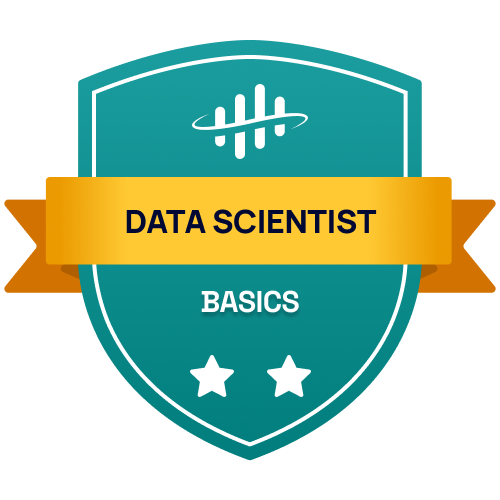 Louis Atallahhas earned the badge Cognite Data Scientist Basics
Louis Atallahhas earned the badge Cognite Data Scientist Basics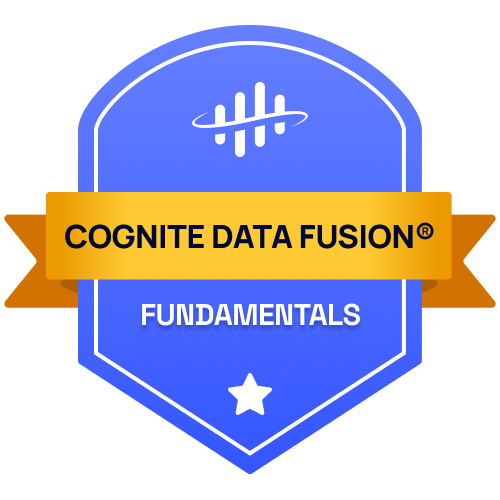 wcullomhas earned the badge Cognite Data Fusion Fundamentals
wcullomhas earned the badge Cognite Data Fusion Fundamentals Alexandra Tudorhas earned the badge Cognite Data Fusion Fundamentals
Alexandra Tudorhas earned the badge Cognite Data Fusion Fundamentals Julien TROUILLEBOUThas earned the badge Cognite Data Fusion Fundamentals
Julien TROUILLEBOUThas earned the badge Cognite Data Fusion Fundamentals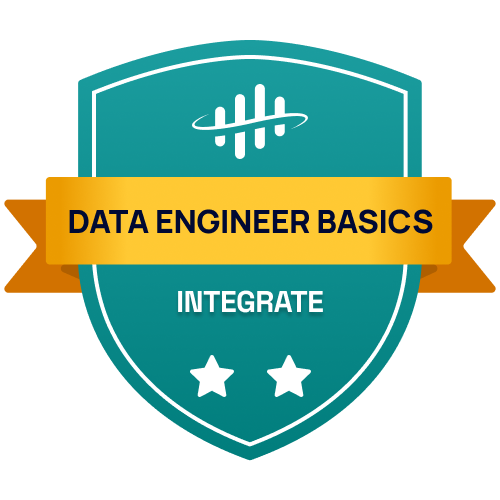 niteshm913has earned the badge Cognite Data Engineer Basics - Integrate
niteshm913has earned the badge Cognite Data Engineer Basics - Integrate
Enter your E-mail address. We'll send you an e-mail with instructions to reset your password.
Scanning file for viruses.
Sorry, we're still checking this file's contents to make sure it's safe to download. Please try again in a few minutes.
OKThis file cannot be downloaded
Sorry, our virus scanner detected that this file isn't safe to download.
OK

 Check the
documentation
Check the
documentation Ask the
Community
Ask the
Community Take a look
at
Academy
Take a look
at
Academy Cognite
Status
Page
Cognite
Status
Page Contact
Cognite Support
Contact
Cognite Support
